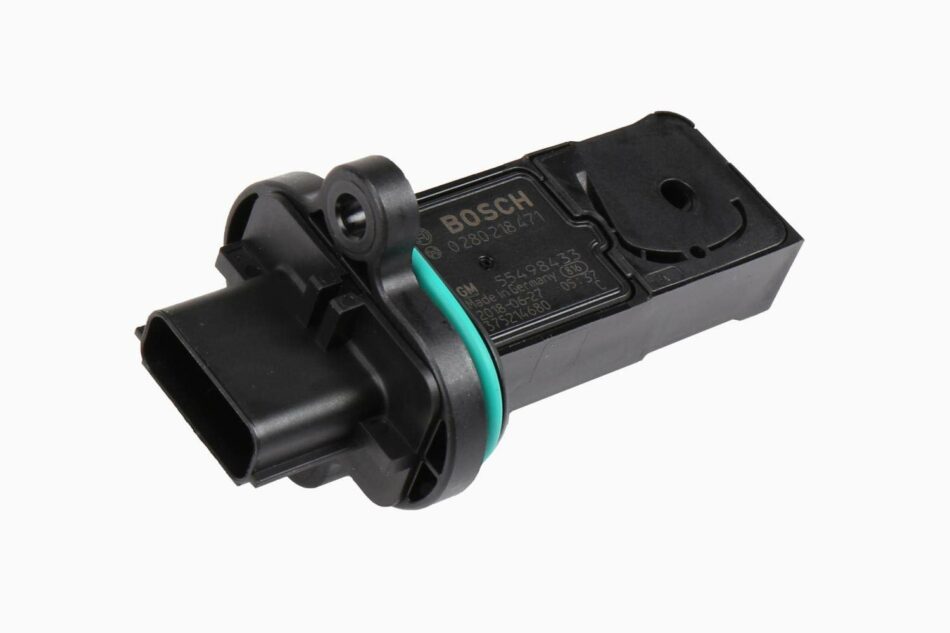There are money mechanisms in your car that contribute to it’s efficient performance – most go unnoticed until they break. A mass airflow sensor is on such device, let’s examine it closer.
What is a Mass Airflow Sensor?
The Mass Airflow (MAF) sensor is a key component in a car’s engine management system, found in fuel-injected engines. Its primary role is to measure the amount of air entering the engine. The sensor is typically located in the air intake system, between the air filter and the throttle body.
Function of the Mass Airflow Sensor
The main function of the MAF sensor is to provide the Engine Control Unit (ECU) with precise information on the mass of air entering the engine. This data is crucial for the ECU to calculate and deliver the correct fuel mixture for optimal combustion, performance, and fuel efficiency. Here’s how it contributes to the engine’s operation:
- Optimal Air-Fuel Ratio: By measuring the amount of air coming into the engine, the MAF sensor helps the ECU maintain the ideal air-fuel ratio, which is typically around 14.7:1 for gasoline engines. This ratio ensures that the fuel is burned completely, maximizing efficiency and reducing emissions.
- Adjustments for Varying Conditions: The sensor allows the engine to adjust to changes in altitude, temperature, and engine load. Since air density varies with altitude and temperature, these adjustments are crucial for maintaining performance and emissions standards.
- Troubleshooting and Efficiency: A faulty MAF sensor can lead to a variety of engine problems, including rough idling, stalling, and a decrease in fuel efficiency. Therefore, it plays a critical role in engine diagnostics and maintenance.
How It Works
There are two common types of MAF sensors: hot wire and hot film. Both operate under similar principles:
- Hot Wire MAF Sensor: This type uses a heated wire to measure air flow. The wire is cooled as air flows over it; the more air that flows, the more cooling occurs. The sensor measures how much current is needed to keep the wire at a constant temperature and converts this into a digital signal sent to the ECU.
- Hot Film MAF Sensor: Similar to the hot wire, this sensor uses a hot film element instead. It operates under the same principle but is often considered more resistant to contamination.
Conclusion
The Mass Airflow sensor is a critical component for the efficient and effective operation of modern fuel-injected engines. It ensures the engine runs smoothly, efficiently, and cleanly by allowing the ECU to make precise adjustments to the fuel injection system based on the mass of air entering the engine. A properly functioning MAF sensor is essential for achieving optimal engine performance, fuel economy, and emissions compliance.



